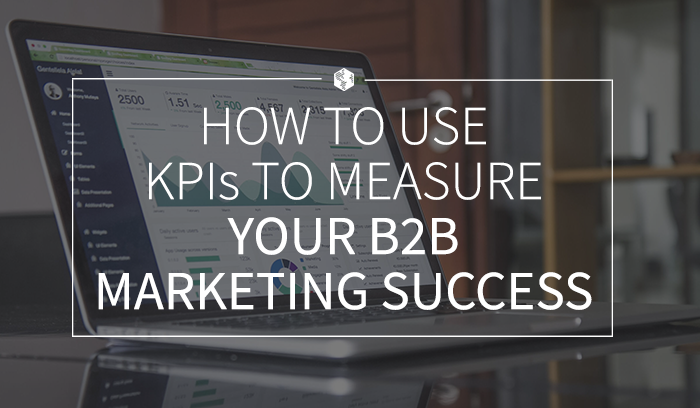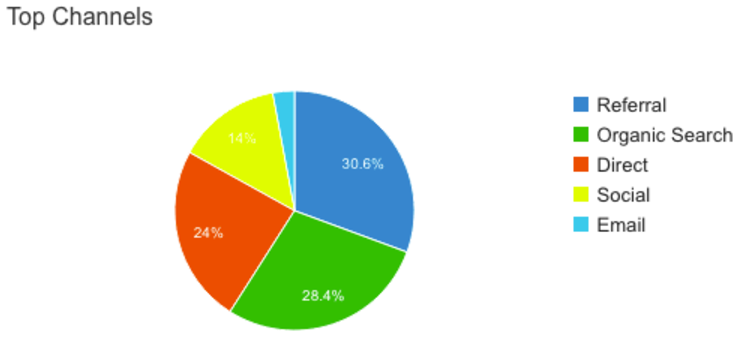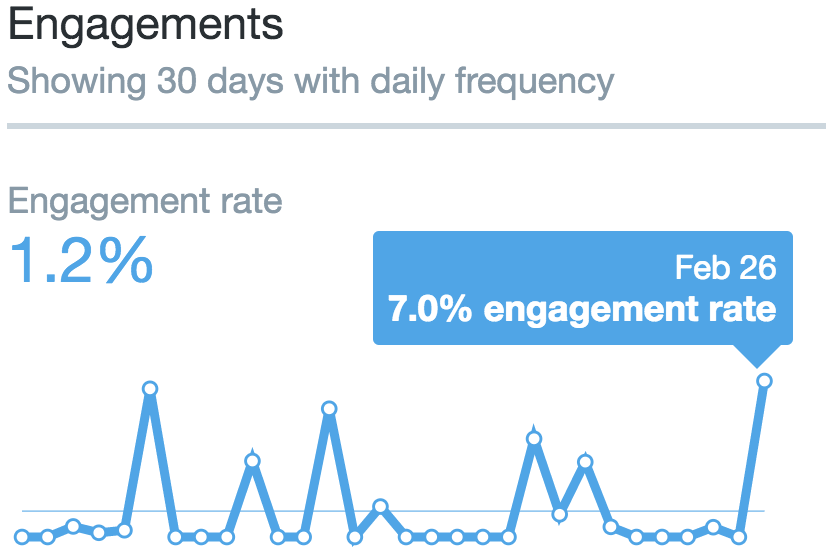You’ve set your budget and established the general objectives you’d like to achieve with your new campaign. You’re on your way to creating a successful B2B marketing strategy, but you’re not quite there yet. You need to understand how to measure your marketing success through the appropriate Key Performance Indicators (KPIs).
Measuring KPIs will help you determine whether or not you’re meeting your marketing goals. They enable you to track each stage of the buyer’s journey, and can even provide you with the information you need to adjust your strategy if necessary. Proper tracking of KPIs can ensure you’re always moving closer and closer to fulfilling your overall targets.
In this article we’ll discuss three common marketing objectives, provide an example KPI for each, and offer tips for improving results. Let’s get started!
Key Takeaways:
- KPIs can help you determine whether or not you’re reaching your goals.
- You can turn general marketing objectives into more specific goals with the help of KPIs.
- Understanding which KPIs align with which objectives can help you stay on track.
1. Improve Search Engine Optimization (SEO)
If one of your major objectives is to improve SEO, you’re probably hoping to increase the amount of traffic you receive from search engines such as Google and Bing. If that’s the case, then the most obvious KPI to track here is organic search traffic.
Organic search traffic tells you how many individuals are coming to your website through a search engine. It doesn’t count traffic from paid ads, so this KPI can give you a clear view of whether or not your SEO strategy is working.
Google Analytics enables you to easily track your organic search traffic. As we can see from this example, it is displayed as a part of a set of graphs that also show other types of traffic. This allows you to clearly see what fraction of your traffic is coming from a search engine. To locate this graph within Google Analytics, simply select Overview under the Acquisition section on the side panel.
You can increase your organic search traffic volume by boosting your SEO efforts. When your content and posts are reaching the top spots on results pages for relevant keyword searches, you’re more likely to get click-throughs to your site. Moreover, if you’re targeting the right keywords, chances are many of those will be qualified leads.
2. Enhance Brand Authority
Your marketing campaign may be designed to enhance your brand’s authority online. If you’re looking to improve your online reputation and position yourself as a leader in your industry, one way to measure your brand authority is through your referral traffic.
Referral traffic tells you how many visitors are coming to your site from a link on another page. If you have a high volume of referral traffic, you probably have a high number of backlinks. Links to your site from other credible sites can prove you’re providing valuable content worth sharing.
Your referral traffic can be found in the same place your organic search traffic. In Google Analytics, you can view the same acquisitions overview graph to see which portion of your traffic is coming from other sites. In this example graph from Grist, we can see that referral traffic makes up just over 30% of all traffic to the website.
To improve your brand authority, your best bet is to consistently publish high-quality content. If you’re hoping to speed up the process, you can reach out to relevant sites and ask them to provide a link to your page or even see if they’re open to accepting guest posts. Building relationships is a key part of building authority, so remember to always think in terms of offering value to others first.
3. Increase Product or Service Sales
Increasing sales is a common objective for many marketing campaigns. In order to track whether or not you’re improving your product or service sales, you need to measure your sales growth. An increase in this KPI during or after a campaign can be a key indicator of its success.
This formula shows us how to find growth rate, identified as Percentage Rate (PR). To find your percent sales growth, first subtract past sales revenue from current sales revenue (both considered over a predetermined period of time). Divide this result by your past sales revenue and multiply your answer by 100.
If this is one of your major objectives and your sales aren’t improving as much as you’d like, you’ll need to take a look at your marketing strategy. Targeting the wrong audience, not using a refined message, or using inappropriate channels to share your marketing could all be reasons why you haven’t seen an increase in sales.
Bonus: Improve Customer Engagement
Monitoring customer engagement lets you know whether or not your audience is connecting with your marketing messages. When someone engages with your brand, they’re more likely to become a repeat customer. One way to measure customer engagement is to look at the statistics on your social media channels.
Social media engagement can tell you lots about your performance, including whether your customers are identifying with your brand, you’re attracting the right people, and you’re providing them with valuable content. Moreover, it can be broken down into more detailed statistics such as number of likes, shares and comments.
Each social media platform will have its own set of analytics. This example, taken from Twitter Analytics, shows you the average engagement rate over the course of a 30 day period. This KPI tells you the percentage of people who engaged with your post out of the number of people who saw it.
You can improve your engagement by sharing content that your audience is looking for. Refining your target audience definiton, conducting thorough research, and providing high-quality content are all ways you can improve this KPI.
Conclusion
Simply establishing your marketing objectives isn’t enough to achieve them. If you want to ensure your strategy is poised to maximize conversions, you need to be able to determine whether or not you’re reaching your targets. By selecting and tracking the right KPIs, you’ll always know how well you’re doing and whether changes need to be made.
In this piece, we’ve covered four common marketing objectives and example KPIs to help you measure your progress. Let’s recap them quickly:
- Build brand awareness: Track your organic search traffic.
- Enhance brand authority: Measure referral traffic.
- Increase product or service sales: Monitor your sales growth.
- Improve customer engagement: Use social media analytics to measure engagement rates.
Now that you’re armed with this information, which KPIs will you be tracking? Let us know in the comments section below!
Image Source: Pexels




































